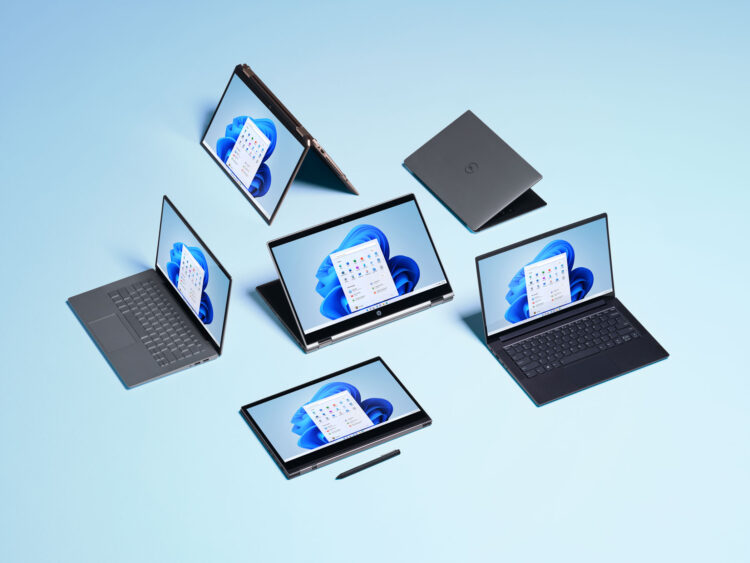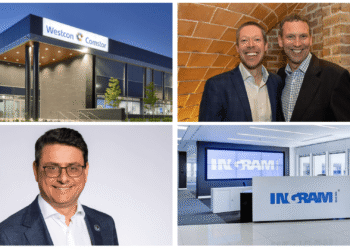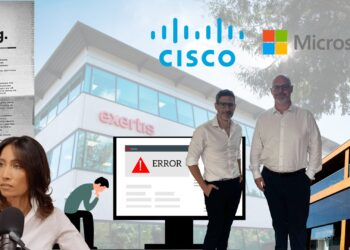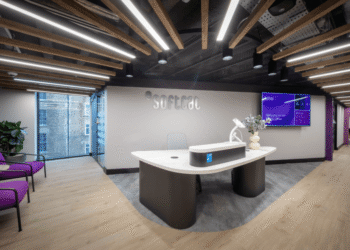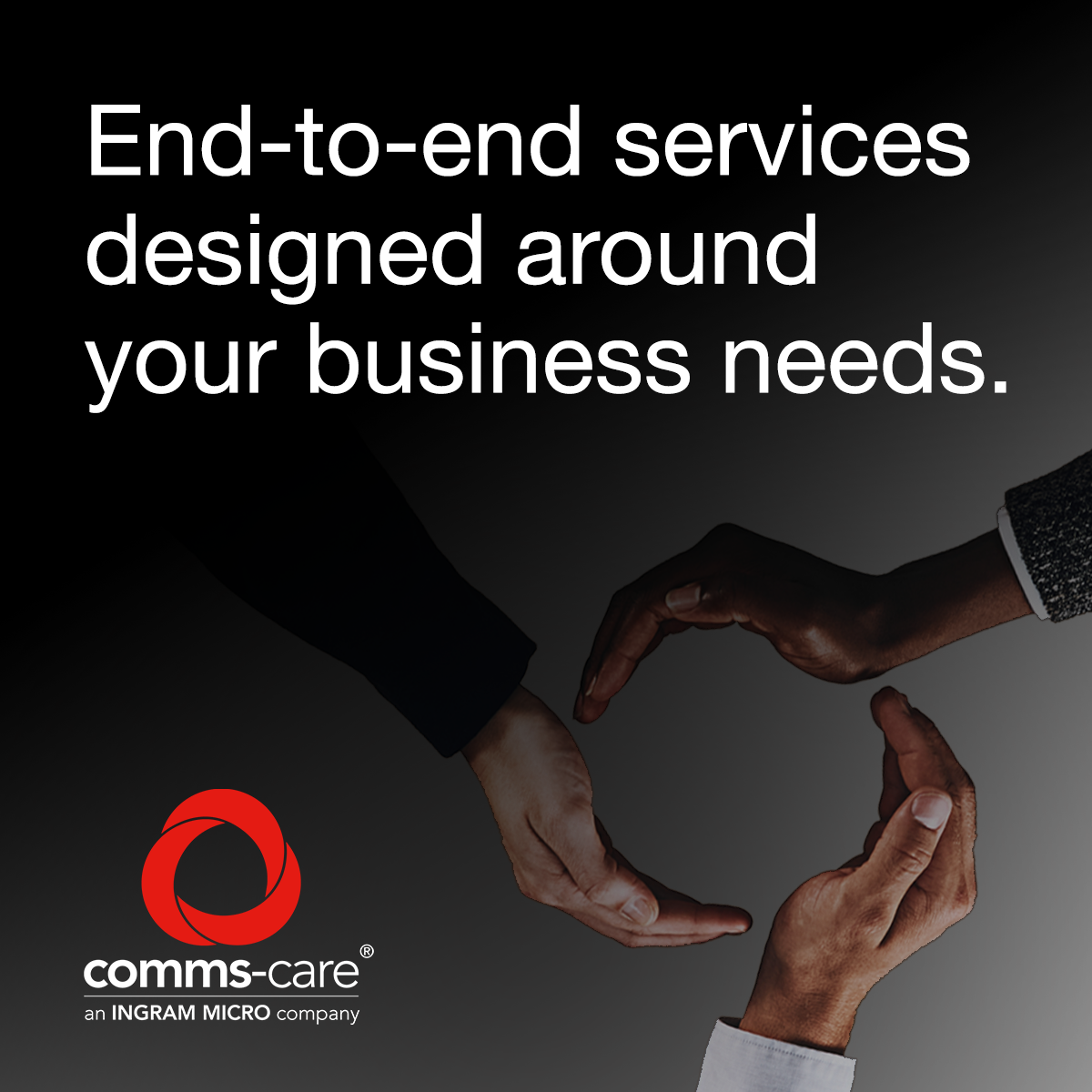Organisations could have to shell out over $7bn for custom Windows 10 support after the operating system goes end of life on 14 October.
That’s according to freshly released calculations from digital employee experience management software vendor Nexthink.
It estimates that the number of enterprise PCs still running Windows 10 on 14 October will total 121 million.
Microsoft will stop providing free updates for Windows 10 in 39 days, forcing some businesses not yet fully migrated to Windows 11 into buying custom support (which Microsoft is charging at $61 per device for the first year).
Based on marketshare data and business usage estimates, Nexthink estimates that the total cost of custom Windows 10 support will top $7.3bn.
Windows 10 weighed and measured
Nexthink used Microsoft’s recent disclosure that there are over 1.4 billion devices powered by Windows as its starting point.
Only 30% of these are in use by commercial or public sector organisations, Nexthink estimated, reducing that total to 420 million.
Of these, 43% – some 181 million devices – will be running Windows 10, Nexthink added, citing marketshare data.
But that figure will be a third lower by 14 October, it estimated based on its analysis of customer endpoints, reducing the total number of enterprise Windows 10 PCs on deadline day to 121 million.
Multiply $61 by 121 million and you arrive at the $7.3bn headline figure.
“Moving from one operating system to another shouldn’t feel like a disruption. It should be an opportunity to improve how employees work every day,” said Tim Flower, DEX Strategist at Nexthink.
Windows 11 devices are currently experiencing a higher level of instability, with more frequent system crashes (1.2% vs 0.6% for Windows 10) and hard resets (9.9% vs 8.5% for Windows 10), Nexthink also found.
“Every migration comes with teething problems, and what we’re seeing with Windows 11 is no different,” said Flower.
“These issues aren’t necessarily due to Windows itself, but are often linked to the underlying hardware, drivers, or the way systems are deployed.
“That means understanding how devices and applications perform before the migration, anticipating issues and problems, and taking steps to ensure migrations and upgrades run smoothly.”


